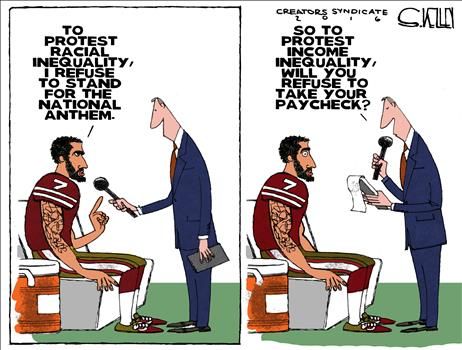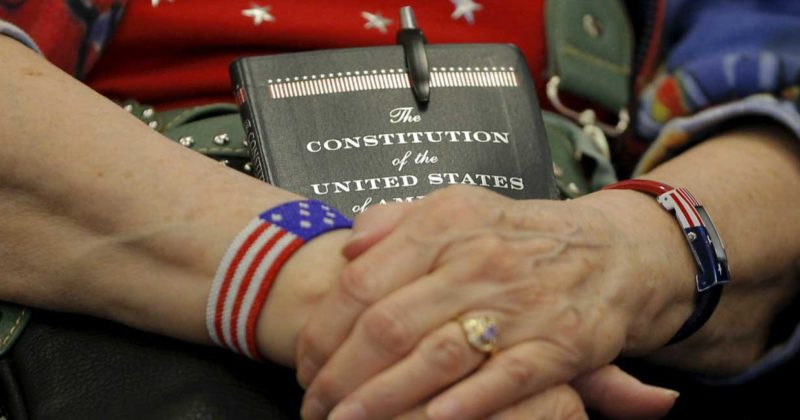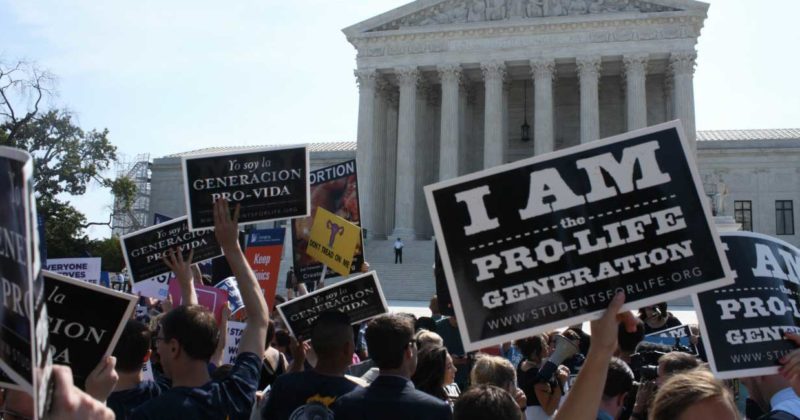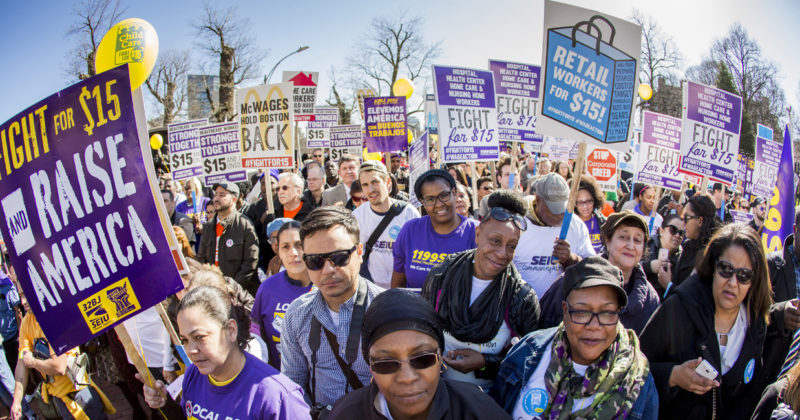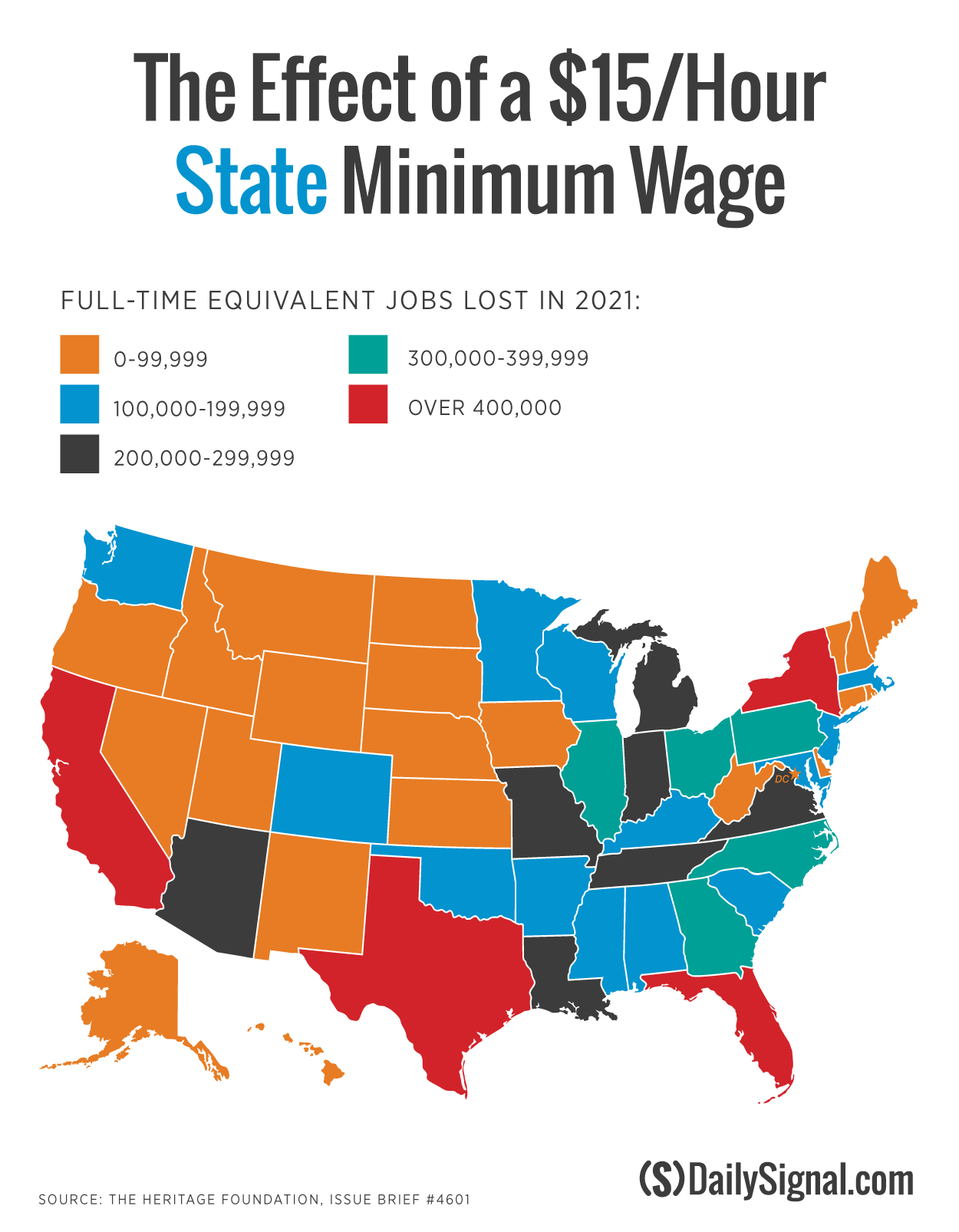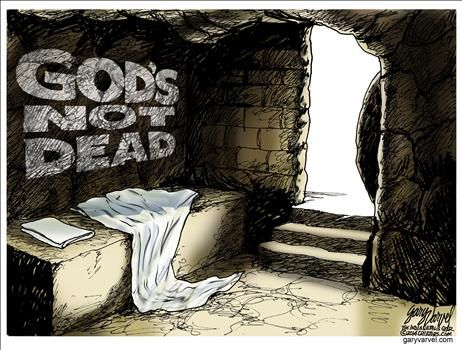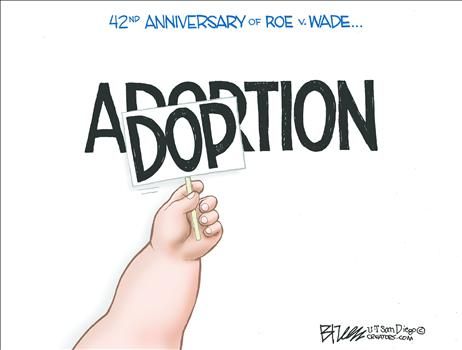
“Follow your passions,” is advice many college students hear when considering future careers. I’ve got different, maybe better, advice.
A couple years ago, the Huffington Post’s “Wait But Why” blog created Lucy, an imagined embodiment of today’s emerging adult. Lucy is what the article called a GYPSY, short for Generation Y Protagonists and Special Yuppy. Lucy is destined to be unhappy. From their earliest years, GYPSYs like Lucy, born between the late 70s and mid-90s, were told that they’re special, that they can be whatever they want to be, and that they should just “follow their passions” when choosing a career. Not surprisingly GYPSYs tend to struggle with a sense of entitlement. According to the article, “The GYPSY needs a lot more from a career than … prosperity and security. ...where the Baby Boomers wanted to live The American Dream, GYPSYs want to live Their Own Personal Dream.”
And this is a recipe for unhappiness. In those rare situations when reality exceeds our expectations, those convinced of the inherent goodness of their own personal dreams will be happy. But when reality falls short, as is most often the case, these dreamers will be unhappy, even depressed. Reality will never match the dreams GYPSYs have been told to expect.
Christians are guilty of inculcating false expectations to their young as well. For at least a couple of generations, Christian colleges and other educational institutions, with the noble intent of communicating the Biblical concept of “calling” being more than just full-time ministry jobs, have taught students to look at their own giftedness as the key (and sometimes the only key) to discovering “God’s will.” I must confess my own guilt in this regard.
Of course, it’s true the Lord has gifted us in unique ways to serve Him, and that we can discover these gifts through our passions and use them for His glory. Remember Olympian Eric Liddell’s wonderful line from Chariots of Fire? “God has made me…fast, and when I run I feel God’s pleasure.” While the biblical picture of calling and vocation includes our giftedness, it also includes things like sacrifice, persecution, and an awareness of the needs of my neighbors. Jesus said that those who follow him carry crosses. Paul said that anyone who wishes to follow Christ will be persecuted. (Remember, Eric Liddell died in a Japanese prison camp.)
It’s really only Christians in the West, especially America, who’ve had the luxury of dwelling on the question, “What has God made me to do and what is my calling?” Unfortunately, along the way, we’ve missed other lessons about calling that our brothers and sisters around the world are forced to learn.
The Protestant Reformers understood calling to be not primarily about passion, but as a commitment to glorify God in whatever station we find ourselves. It may be your calling right now to be a student, or a mom or a dad, or a minimum wage employee simply just having to make a living. Whether directly connected with our passions or not, God calls us first and foremost to do the next thing well, to His glory, with all of our might.
Short of this awareness, we’ll risk “Christianizing” a sense of entitlement. Instead of asking “What is God’s will for my life some day?” we should be asking, “What does God want me to do well next?”
In Acts 17, Paul says God determines the exact times people live and the boundaries of their dwelling place. Thus, whether we inherit a culture of economic downturn in which many can’t find a job, or a culture in which jobs are so plentiful we truly can “follow our passion,” we accept either as being from God’s hand. Our calling —in whatever culture we find ourselves—is to live fully engaged in this world, regardless of the particular circumstances.
Deitrich Bonhoeffer wrote, “Bravely take hold of the real, not dallying now with what might be. Not in the flight of ideas but only in action is freedom. Make up your mind and come out into the tempest of the living.” Amen. These are good words for every generation.
[bold, italics, and colored emphasis mine]
FURTHER READING AND INFORMATION - John has provided all believers with some practical encouragement: Do what you do, whatever it is at this particular stage of life, to the glory and honor of God.
"Loving Mondays: Business as a Calling" - Chuck Colson | BreakPoint.org | September 1, 2006; http://www.breakpoint.org/bpcommentaries/breakpoint-commentaries-search/entry/13/13429
The Call: Finding and Fulfilling the Central Purpose of Your Life - Os Guinness | W Publishing Group | October 2003; http://www.colsoncenterstore.org/product.asp?sku=0849944376
God at Work: Your Christian Vocation in All of Life - Gene Edward Veith | Crossway Books | August 2011; http://www.colsoncenterstore.org/product.asp?sku=9781433524479

